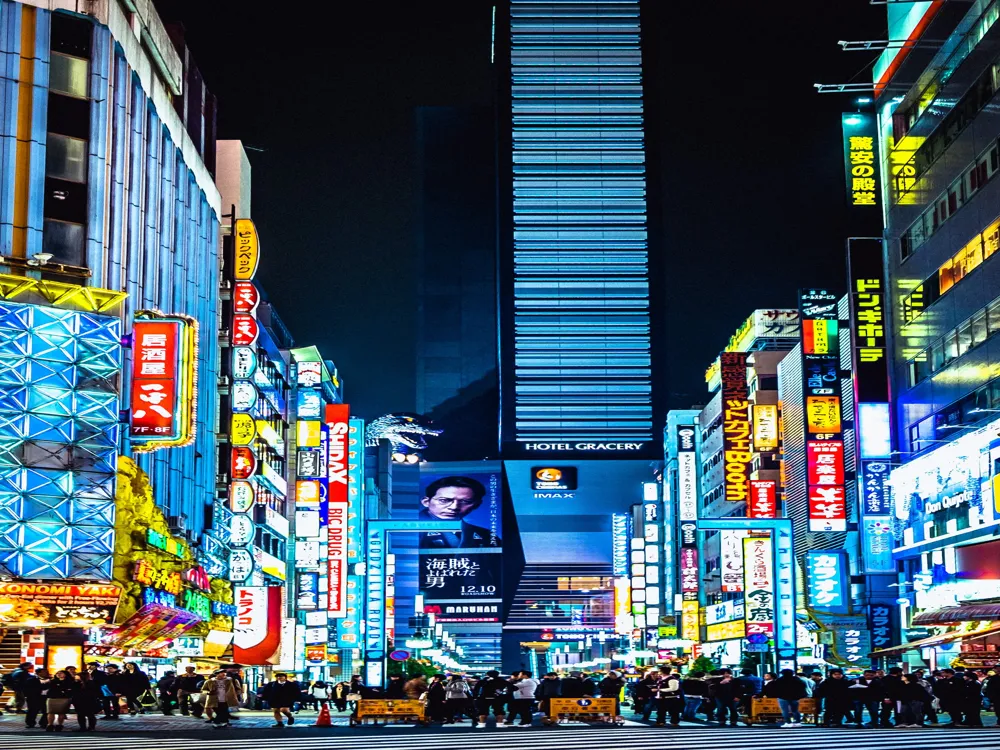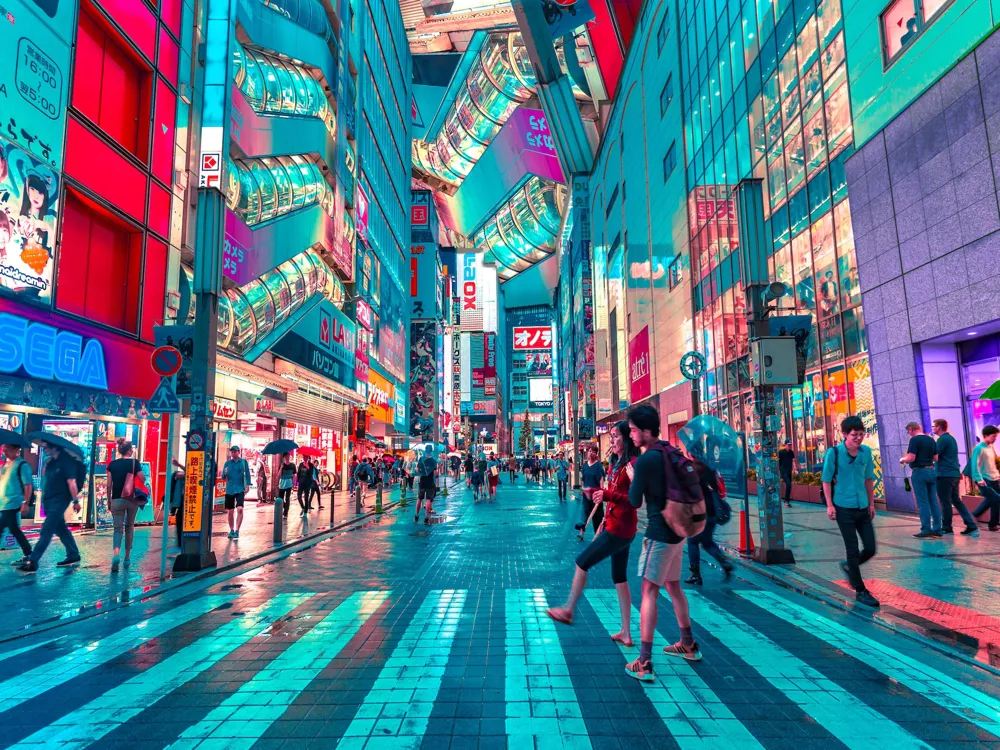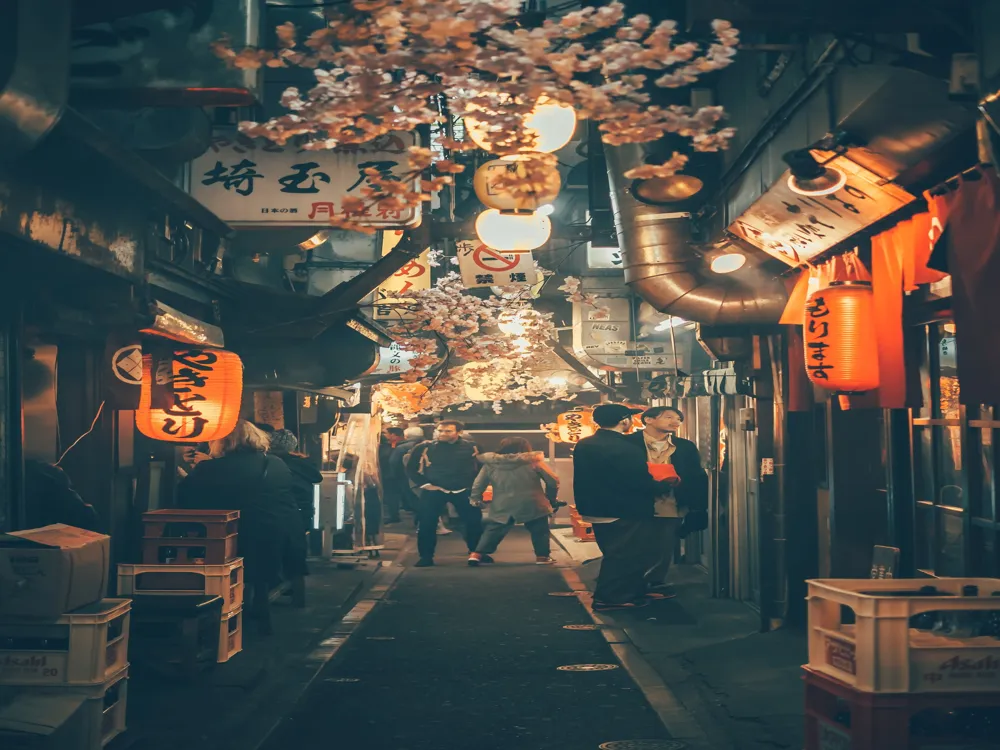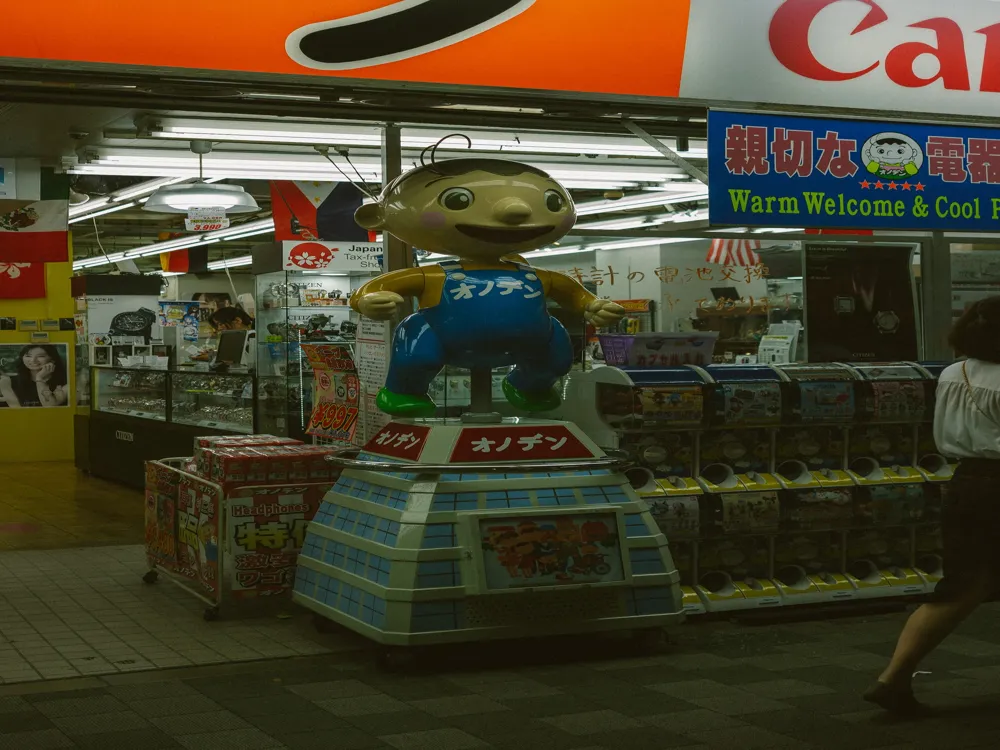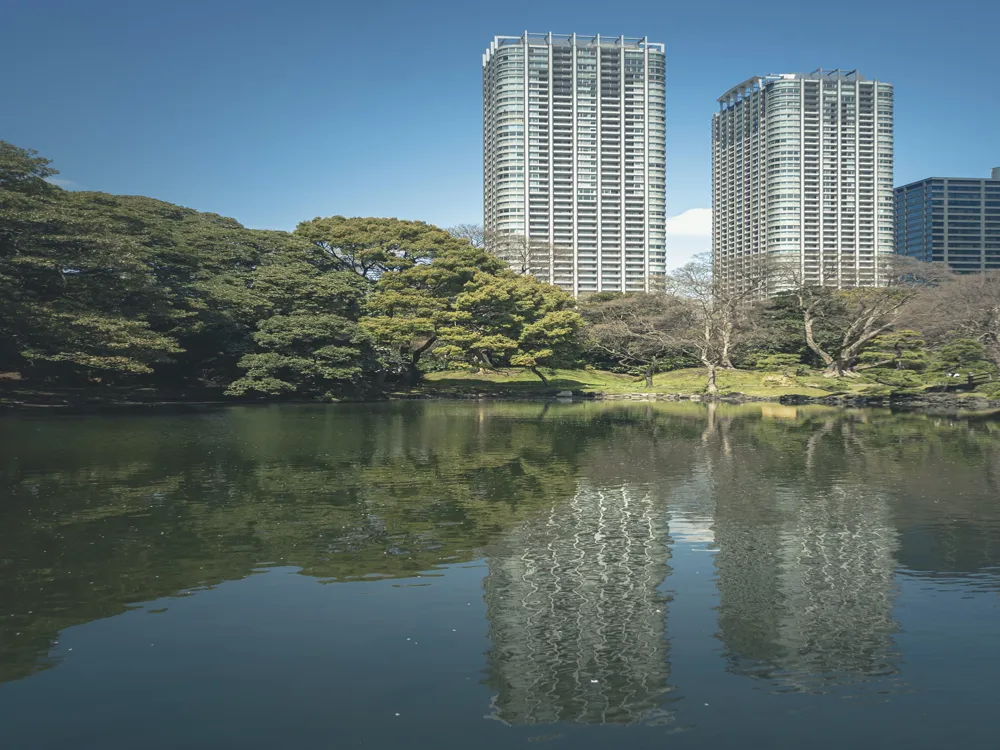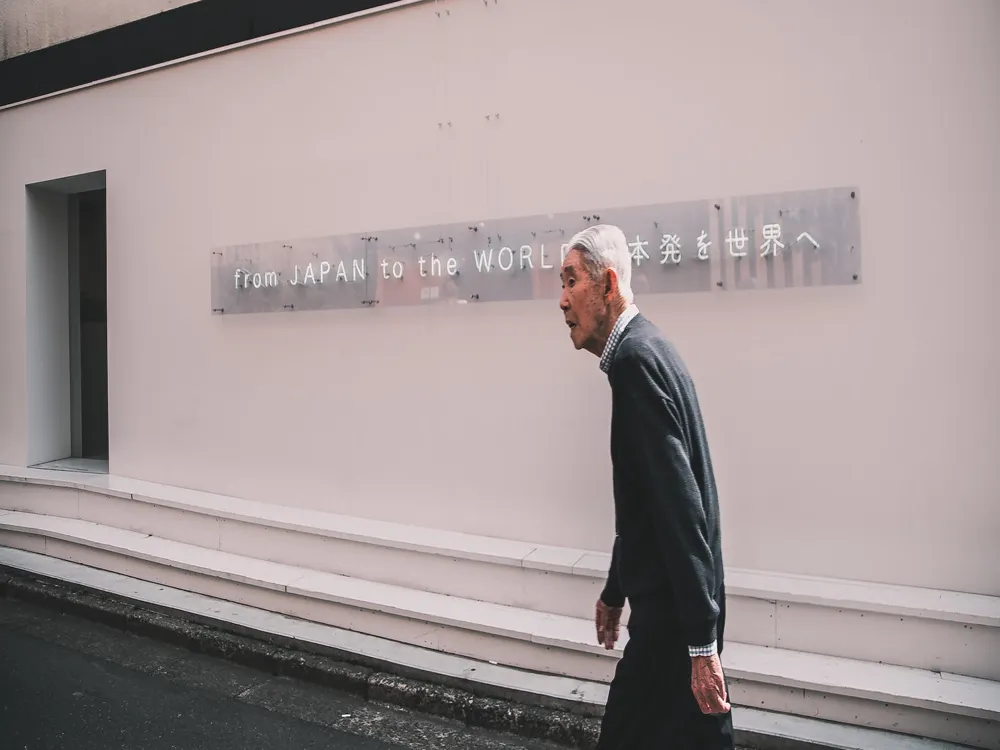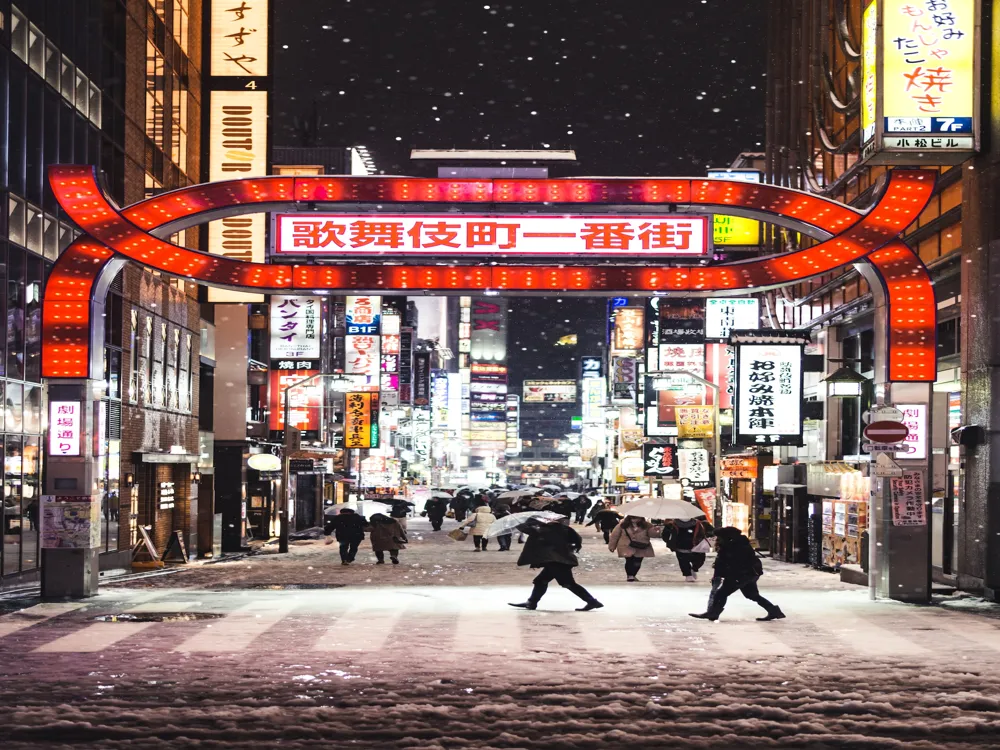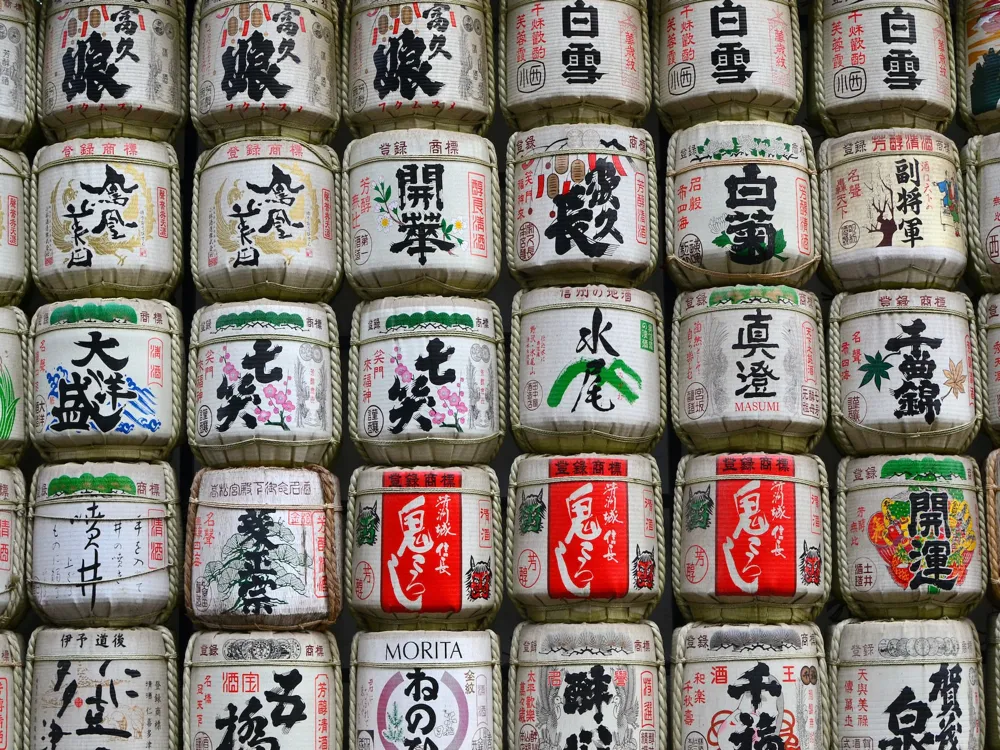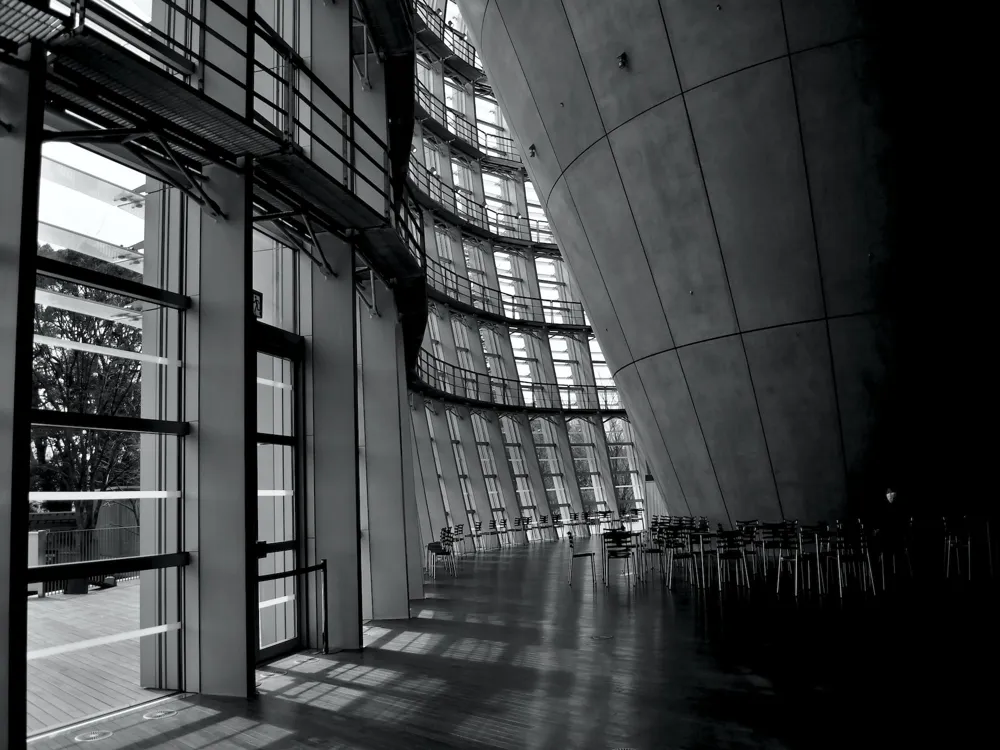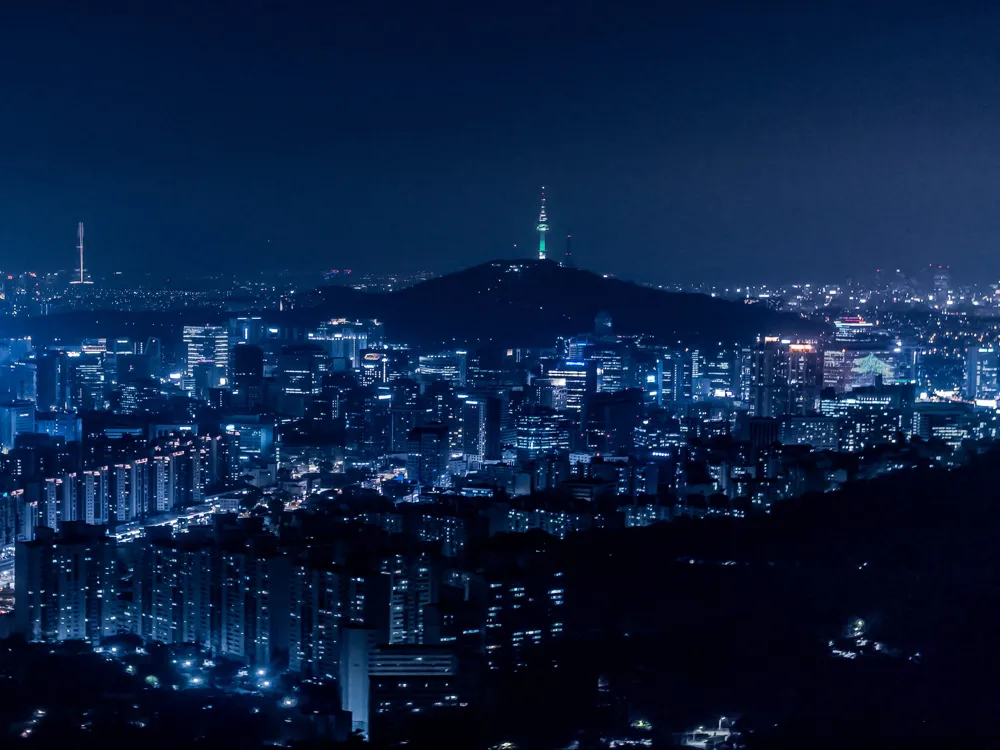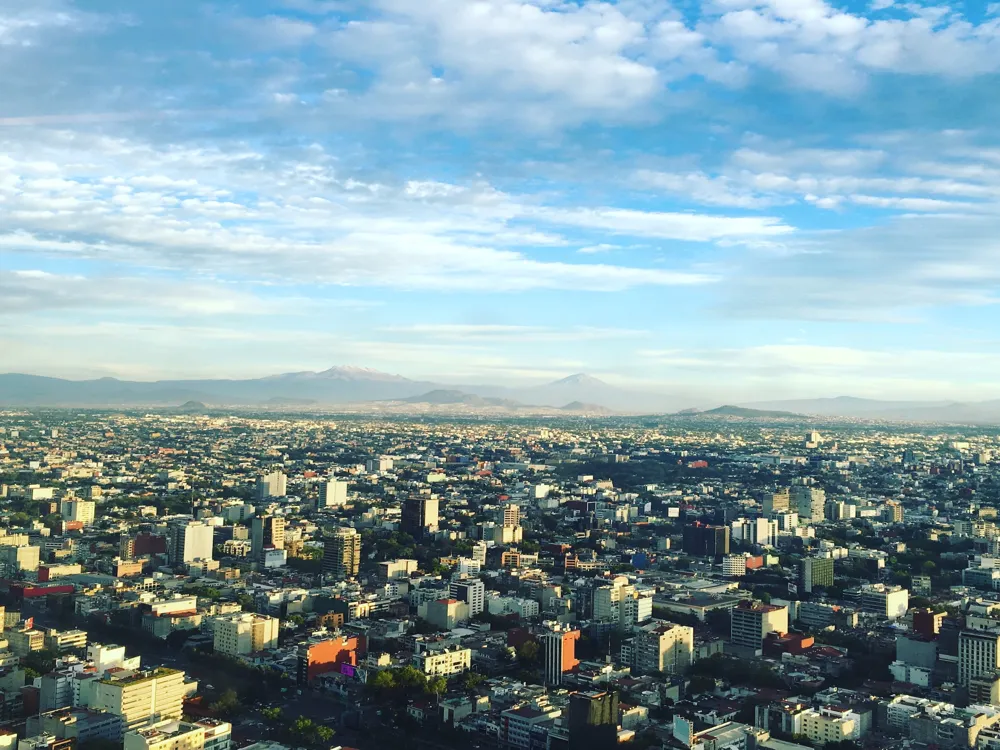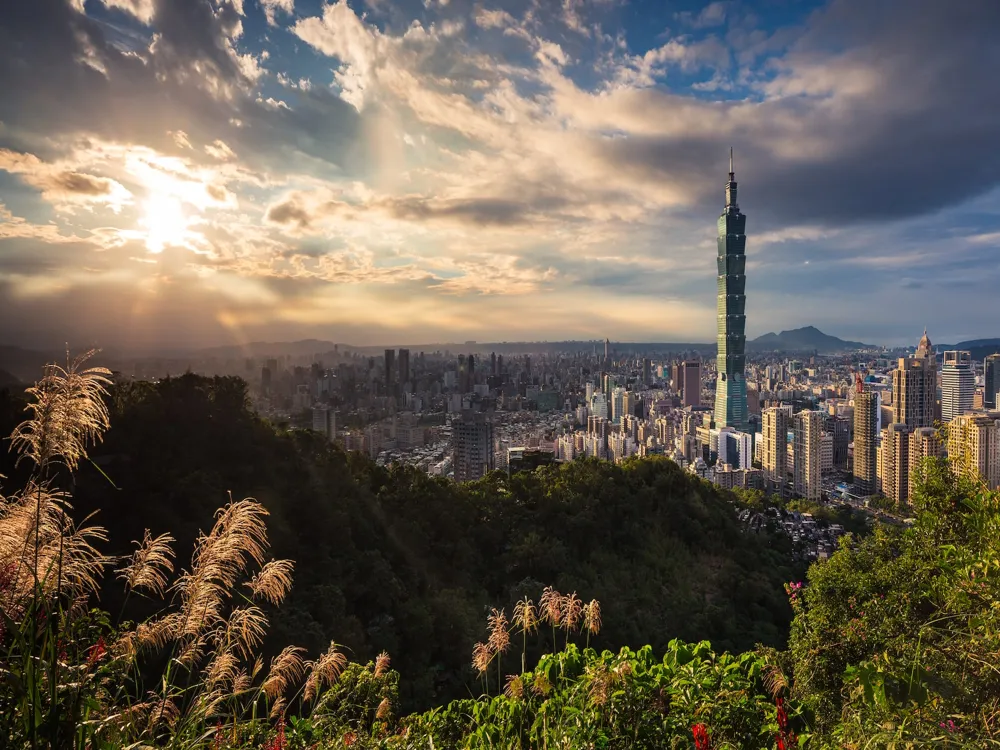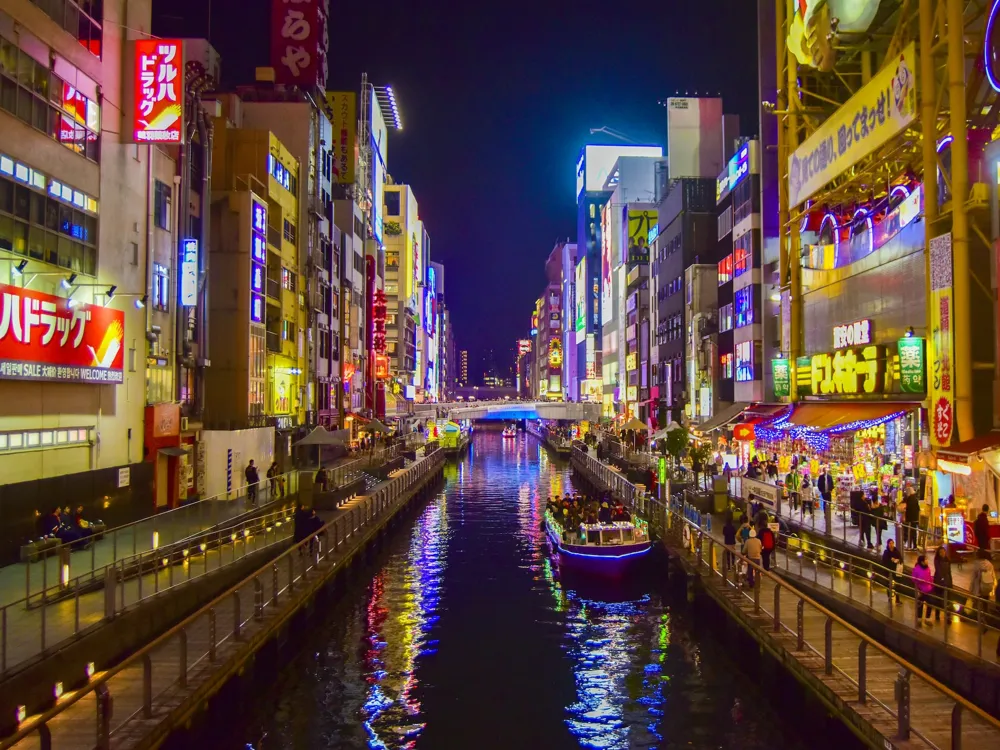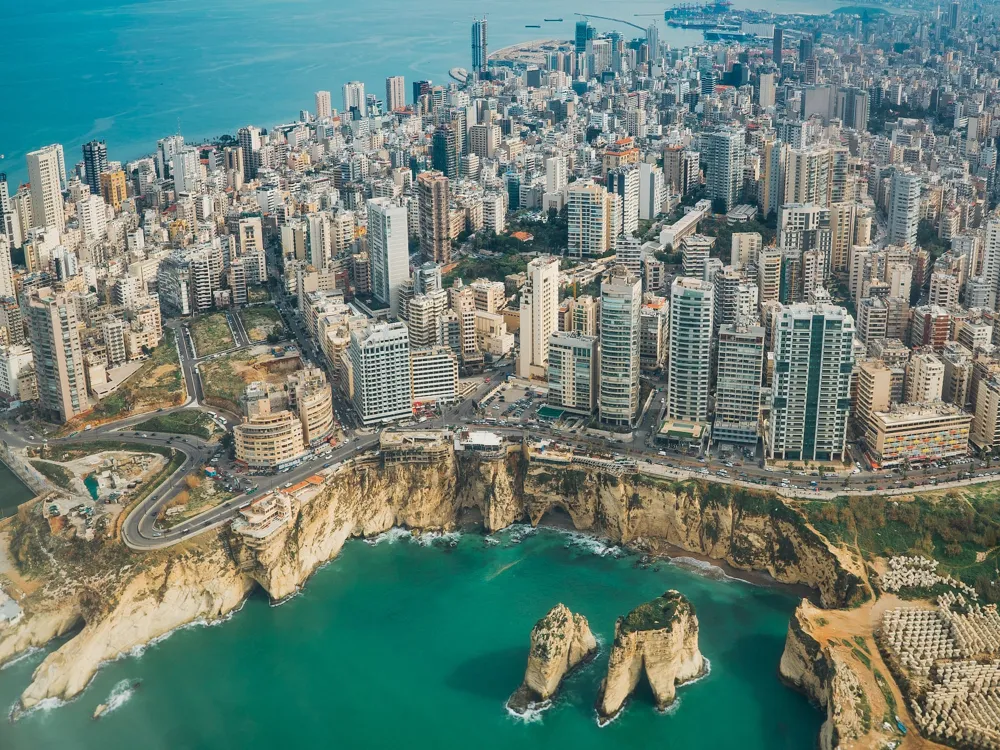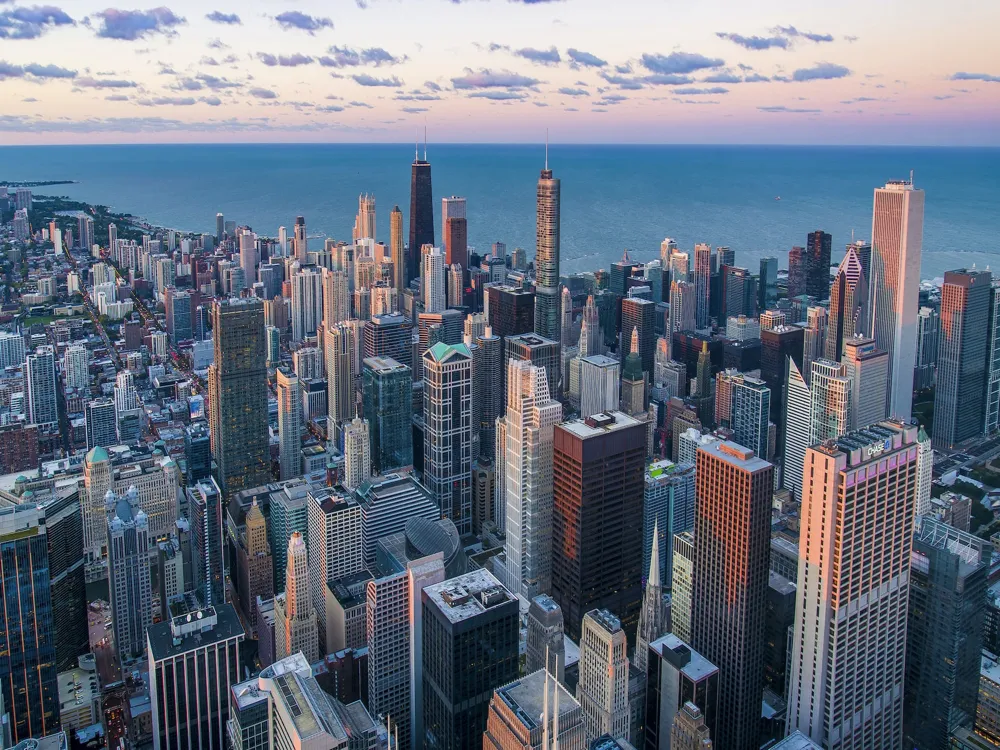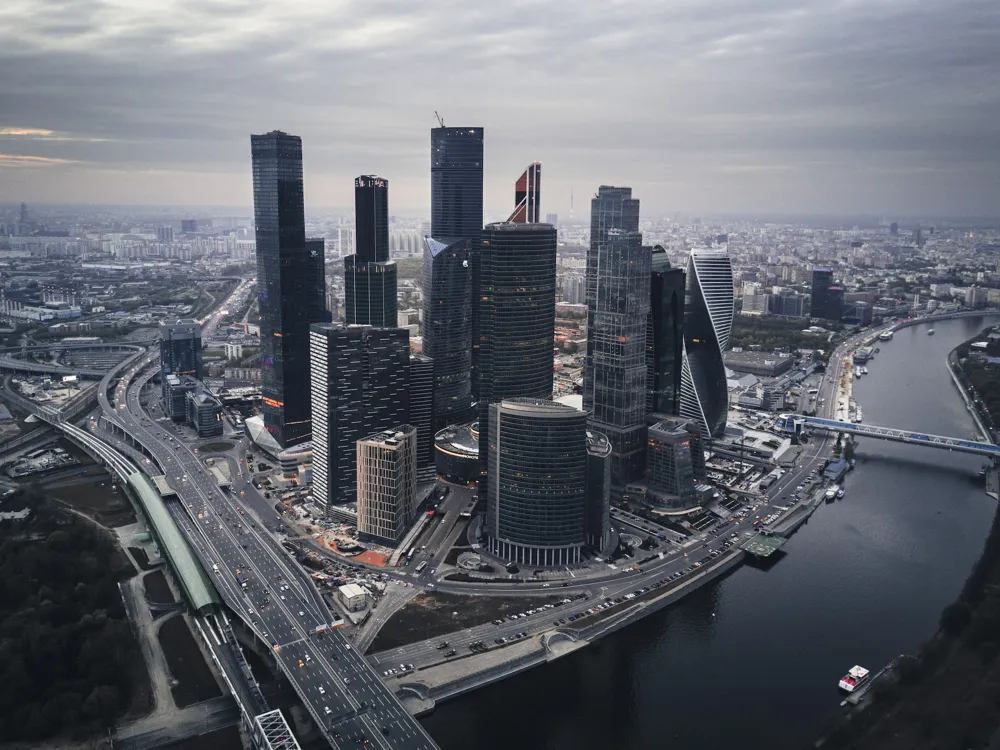Best Time to Visit Tokyo
Japan
1 out of 4 Places to visit in Japan₹ 79,999 onwards View Packages
Get Customized PackagesThe Land of Diversity
Top Hotel Collections

Private Pool

Luxury Hotels

5-Star Hotels

Pet Friendly
What is the Best Time to Visit Tokyo?
Tokyo, a city that seamlessly blends tradition and modernity, offers a unique experience throughout the year. Determining the best time to visit Tokyo depends on your preferences and the type of experience you seek. Let's delve into the intricacies of Tokyo's different seasons to help you plan the perfect trip.The best time to visit Tokyo is between March and April and September and November. Autumn ushers in various leafy and comfortable temperatures. Spring brings a lot of the same, but rather vibrant fall tinges. In the leafy area, you'll see cherry blossom trees in full bloom. Summer, on the other hand, is peak sightseer season, which you will snappily see from the long lines at galleries and confused shelterriders.However, avoid this time of year; you will face rough heat and moisture if you can. On the contrary, downtime rainfall is chilly but still manageable; still, you won't be able to witness the full eventuality of Tokyo's premises at this time of year. Tokyo is a land of climatic axes, with scorching summers and cold, snowy layoffs with blizzards. Thus, the most stylish time to visit Tokyo, plainly, is during the spring( March – May), when the cherry blossoms are in full bloom, and the afterlife from October to November. The cherry blossoms, also known as Sakura, are one of the biggest sightseer lodestones in Japan. Traditional Japanese carnivals are held throughout the year, and the stylish bones are always held at the spring-to-summer juncture, which makes the spring ideal for a visit to Tokyo. Afterlife is also an ideal time to visit Japan, as the leafage is at its peak and the decor at the sanctuaries is a sight to behold. Also, there's a terseness to the air in the afterlife, so it's better to carry warm clothes. Summers( June – September) in Tokyo are peak tourist season, which brings with it high lodging charges and unsupportable moisture. Winters( December – February), on the other hand, are chilly but manageable, but you wo n’t have the chance to witness the beauty of Tokyo at its full potential at this time.
More about the Best Time to Travel to Tokyo
Travel Peak Season in Tokyo
Tokyo's peak season unfolds during the cherry blossom season, typically from late March to early April. Witnessing the city adorned in shades of pink is a surreal experience, attracting travellers globally. However, be prepared for larger crowds and higher accommodation costs during this period.The peak sightseer season in Tokyo generally occurs during the spring and fall months, when the rainfall is mild and affable. By planning strategically and taking advantage of Tokyo's different immolations, you can make the most of your visit during the peak sightseer seasons, whether you are charmed by cherry blossoms in the spring or afterlife leafage in the fall.
Travel Offseason in Tokyo
If you prefer a quieter and more budget-friendly experience, consider visiting during the offseason. This spans the winter months, from December to February. Although temperatures can be chilly, you'll find fewer tourists, allowing you to explore Tokyo's attractions more leisurely.While the winter offseason in Tokyo may not have the cherry blossoms of spring or the colourful foliage of fall, it offers a unique and quieter perspective of the city. Whether you're interested in winter illuminations, seasonal foods, or cultural experiences, Tokyo's offseason has its own distinct charm.
Tokyo Travel Packages
View All Packages For Tokyo
Tokyo in Shoulder Season
The shoulder season, encompassing late spring (May to early June) and autumn (September to November), strikes a balance between pleasant weather and manageable crowds. During these months, you can enjoy comfortable temperatures while avoiding the peak-season hustle.
Tokyo in Hot Season
Summer in Tokyo (June to August) brings warmth and occasional humidity. If you're a fan of vibrant festivals and outdoor events, this season offers a plethora of options. Embrace the lively atmosphere and indulge in Tokyo's summer festivities.
Tokyo in Rainy Season
The rainy season in Tokyo spans June and July. While showers are frequent, they're usually brief. Pack an umbrella and explore Tokyo's indoor attractions, from world-class museums to shopping districts.
Tokyo in Cool Season
The cool season, from late autumn to winter (November to February), provides a crisp and invigorating atmosphere. Experience Tokyo's festive decorations during the winter illuminations and savor seasonal delicacies.
Places To Visit In Tokyo
View All Places To Visit In TokyoNearby Places Tokyo
Tokyo Photos
View All Photos For TokyoBrowse Package Collections
Browse Hotel Collections
Faq
Q: What is the best time to visit Tokyo to experience cherry blossoms in full bloom?
A: The prime time to witness cherry blossoms in Tokyo is typically late March to early April during the cherry blossom season, also known as
Q: When is the most budget-friendly time to visit Tokyo without compromising on the experience?
A: Consider visiting during the shoulder seasons, such as late autumn (November) or early spring (March), when the weather is pleasant, and there are fewer tourists, leading to potential cost savings on accommodation and activities.
Q: Is there a specific time to avoid due to extreme weather conditions in Tokyo?
A: Tokyo experiences hot and humid summers, usually from June to August. If you want to avoid the heat and high humidity, it's advisable to plan your trip during the more comfortable seasons of spring (March to May) or autumn (September to November).
Q: Are there any unique cultural events or festivals that are worth planning a trip around?
A: The traditional festivals of Gion Matsuri in July and Sanja Matsuri in May offer a unique cultural experience. Additionally, the Tokyo International Film Festival in October attracts film enthusiasts from around the world.
Q: What is the best time to explore outdoor attractions and parks in Tokyo?
A: Spring (March to May) and autumn (September to November) are ideal for outdoor activities as the weather is mild, and the vibrant cherry blossoms or colorful autumn foliage enhance the beauty of parks like Ueno Park and Shinjuku Gyoen.

